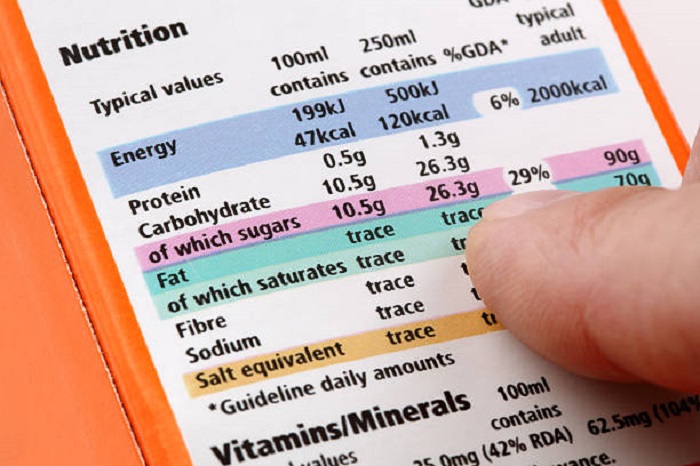Dealing with different taxes is no fun at the best of times. Nobody enjoys handing their hard-earned cash over to the government, and although we love receiving tax returns, organizing all the paperwork is a tedious and complex process. This can sometimes lead to mistakes, which can have rather significant consequences if you don’t get them fixed. So today, we’re going over what you should do if you’ve got something wrong on your tax return:
You Should Probably Seek Professional Guidance
First and foremost, it’s time to call in a professional. Filing your own taxes can save you a bit of cash upfront, but if you’ve made a mistake, you really don’t want to try to fix it alone. Run a quick Google search for a tax accountant near me, and select an agent who can fix up your figures and ensure you have the correct information to submit.
You’ll Need to Submit an Amendment
Figuring out the numbers precisely is vital at this stage as you’re going to need to submit an amendment. While you might get away with accidentally submitting the wrong information to the tax office once, if your figures are also wrong in your amendment, you might find yourself in some pretty serious trouble. The good news is that your selected tax accountant will be able to get everything fixed up properly, so you can avoid making the same mistake again.
What if your Mistake is Related to a Self-Managed Retirement Fund?

It’s important to note that if you have a self-managed retirement fund, you’re going to need to get in touch with your accountant. Mistakes on your tax return may affect your account if the issue was related to it, so your personal accountant or financial advisor needs to be kept in the loop.
You Could be Audited
The tax office is within its rights to randomly audit anyone at any time. However, your chances of being audited will increase significantly if you have made a mistake on your tax return. Because of this, it is important to ensure that you have all receipts and documentation organized and ready in case this occurs.
You May Face Penalties
Finally, it is important to be aware of the fact that you may face penalties if your mistake is significant or goes uncorrected. We don’t say this to scare you but to prepare you for the possibility.
In most cases, as long as you take steps to rectify the issue, the worst that will happen is that you will receive a fine. However, if your mistake is large enough and goes uncorrected for long enough, it could be considered tax evasion. So, it is important to get things sorted as efficiently as possible.
Making a mistake on your tax return isn’t the end of the world, but it is something that you need to correct swiftly. The tips in this article will help you do this, but it is important to remember that our first point really is vital. While it can be tempting to try to fix the issue yourself, having a professional rectify things not only ensures that they’re correct but also provides you a certain level of protection moving forward. It really is your best course of action. You can also claim back any fees associated with doing your taxes in the next financial year, so it ends up paying for itself. Good luck.








